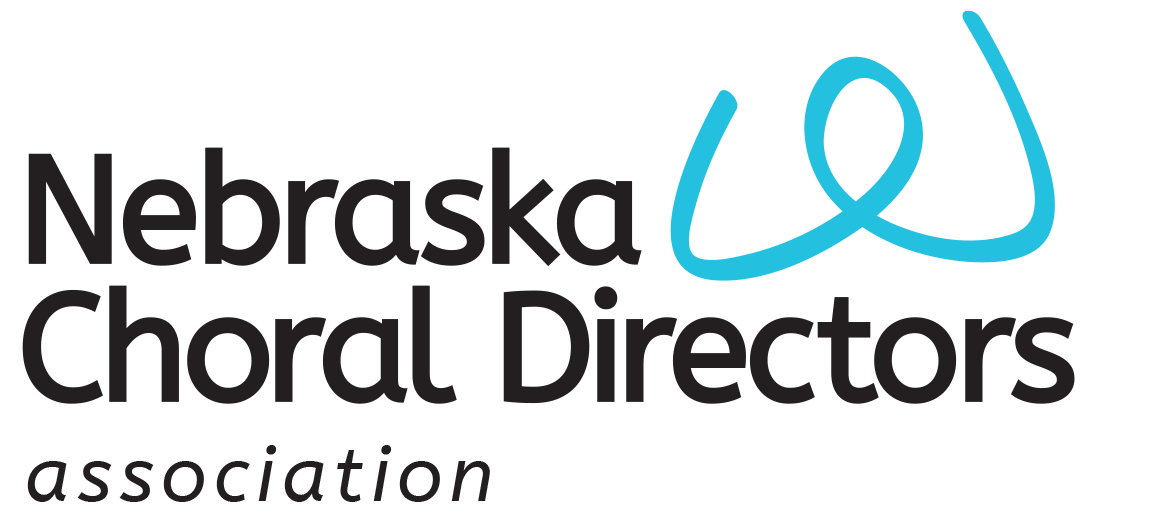- Identify the need. Then focus it.
We started with David’s idea for a men’s chorus festival to boost our male numbers in high school. We tend to lose a lot of men between 8th and 9th grade, so it was important to us that middle school men sing alongside high school men. We considered a 7-12th grade choir, but with so many of our 11th and 12th graders busy with All State and other festivals, honor choirs, show choir, etc., we decided to narrow the event to 7th-10th graders. Since we hatched the idea together at the summer NCDA conference, we decided we would plan and conduct the festival this year, but we wanted it to rotate each year to different schools and teachers in the district.
- Determine goals and the process for achieving them.
We wanted the singers to perform three pieces, but we did not want teachers to be burdened by preparing these pieces with a select number of students so early in the year, so we decided to teach all three pieces on the day of the festival. This meant the performance was not polished, but we decided early on that it would be a process-oriented event rather than a product-driven one. We also wanted to provide something for our teachers who were supervising, so we planned a professional development session with Patti Fox of Bellevue Public Schools during the festival. We had hoped to invite a community or collegiate men’s ensemble to perform on the concert, but after making contact with several interested ensembles, none were available for our date. The most important stipulation for our event was that it needed to be free to students. This is extremely important in OPS, where we serve a high number of students in poverty. This informed our next step.
- Write a budget. Acquire funding.
When we wrote down exactly what we wanted to do and what we needed to pay for, we were pleasantly surprised with the way our supervisor, our district, and parents supported us and took up the cause. Our supervisor advocated for subs for all the teachers, busing from every school in the district, octavos, and honorariums for presenters. She was able to reach out to the Omaha Schools Foundation for funding where her budget fell short. We provided dinner and snacks for all of the kids with money we raised from our parent groups at the high school level. We had to scratch some things from the budget, including a t-shirt we were hoping the men would wear for the concert.
- Get people to come.
I’ll admit, it helped that our supervisor made it pretty clear to all middle and high school teachers in our district that it was essentially an expectation that each school at least try to bring a few students. We asked that schools bring a maximum of 15 students. Out of 19 middle and high schools in the district, 16 brought students—some only 1 or 2 and others 10 or 15. We had 120 men in all. For our first year, this felt like a great number.
- Plan everything, and get people to help.
I don’t think one or even two of us could have done this on our own. The three of us worked very hard, especially in the week before the event, to plan and make sure things ran smoothly. We wrote a 2-page long detailed schedule of every activity that would take place. One of our best idea (I think Georg gets credit for this) was to schedule 40 minutes of open gym time for the boys after a grueling afternoon of rehearsals. They were definitely ready to blow off some steam! We made a seating chart, printed name tags with voice part, school, and meal preference for each singer, made packets of music and schedules for teachers, and planned like heck. Georg recruited students and parents to help with snack time and dinner time.
- Be flexible and be prepared to change plans.
Lots of things went wrong. The pieces were challenging to teach in one day. The boys lost focus. They were falling asleep after gym time and were desperate to eat dinner earlier than we had planned. Sectionals were tough. The risers didn’t work the way we’d hoped and they took so long to set up that we completely missed our dress rehearsal (!!!). But that didn’t stop us from having a great time. The men learned, the played, they met new people, and they sang beautifully. Since we didn’t have a guest ensemble and were only singing 3 pieces, we had the guys write testimonials about why they loved singing in choir. This ended up being extremely powerful, and one of my favorite parts of the event. Parents and administrators reported that they were pleased with the event.
7. Reflect
We are in the midst of this now, but we surveyed students and teachers and have gotten a lot of positive feedback as well as some constructive. We’re ready to hand over the reins to some different teachers in the district (the plan was to rotate schools and conductors each year) and equip them with all we’ve learned and everything we would change. I’m proud of what we accomplished with only 2 months of planning, but I know it will be even better next year with some more time and wisdom.

